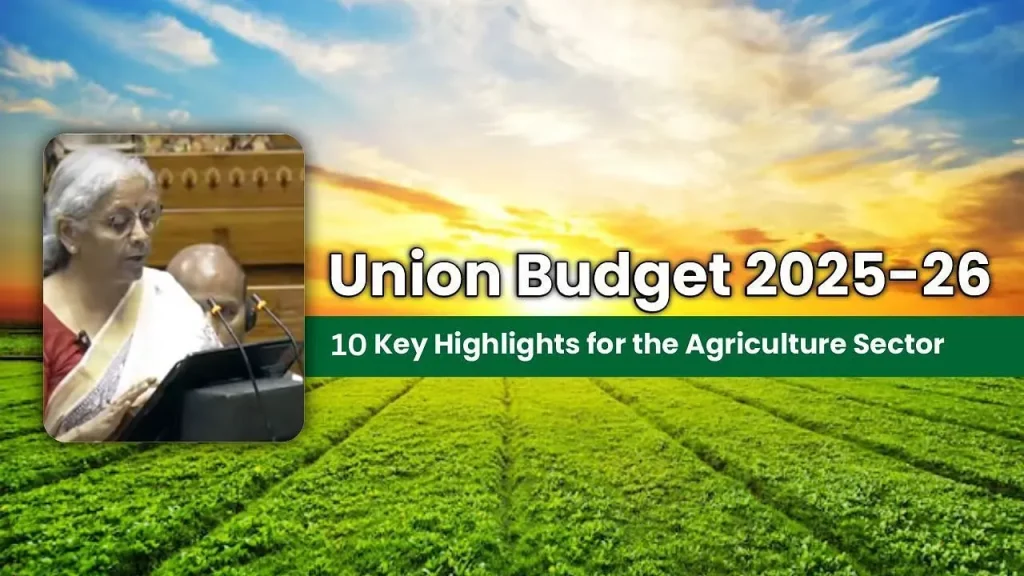The rural prosperity budget unveiled in India aims to transform the economic landscape of rural areas by focusing on sustainable development and inclusive growth. With strategies centered on enhancing skill development for youth and combating distress migration, it seeks to create a more resilient rural economy. Notably, the budget allocates ₹ 86,000 crore towards MGNREGS funding, ensuring continued support for job creation in these communities. By investing in rural development initiatives, the government hopes to address critical needs and uplift those living below the minimum wage. As these efforts commence, their economic impact on rural communities will be closely monitored to gauge their effectiveness in fostering genuine progress.
The recently proposed budget for rural development is set to energize agricultural productivity and enhance livelihoods among farming communities. This initiative builds on previous efforts to grant better access to financial resources and support systems for rural inhabitants. By prioritizing skill enhancement among the rural workforce and aiming to reduce the exodus of workers seeking better opportunities elsewhere, the government is addressing pressing issues head-on. The ongoing support for key employment schemes such as the Mahatma Gandhi National Rural Employment Guarantee Act (MGNREGS) is pivotal in ensuring that these communities have access to sustainable job opportunities. Ultimately, this budget serves as a critical step toward laying the foundation for a prosperous rural economy.
Understanding the Rural Prosperity Budget of 2025
The Rural Prosperity Budget of 2025 has been tailored to address key challenges faced by the agricultural sector and rural communities in India. By focusing on skill development for rural youth, the budget aims to create sustainable employment opportunities and reduce distress migration, which has become a pressing issue as many seek better livelihoods in urban areas. Key components of this budget include substantial allocations for crop productivity and enhanced access to credit for farmers, both of which are essential for fostering a resilient rural economy.
However, while the intentions behind the Rural Prosperity Budget are commendable, concerns persist regarding the execution of these initiatives. The retention of MGNREGS funding at ₹ 86,000 crore, although crucial, raises questions about whether it is sufficient to meet the growing demands of rural employment. Analysts argue that without augmenting financial resources for rural development initiatives, such as the MGNREGS, achieving long-term economic stability in rural India could be a daunting task. Continuous evaluation will be necessary to gauge the impact of this budget on the livelihoods of the rural population.
Frequently Asked Questions
What is the significance of the rural prosperity budget in India budget 2025?
The rural prosperity budget in India budget 2025 is significant as it includes a range of initiatives aimed at enhancing economic conditions in rural areas. This includes funding for the Mahatma Gandhi National Rural Employment Guarantee Scheme (MGNREGS), which is crucial for ensuring job opportunities and stabilizing income for rural communities.
How does the MGNREGS funding impact rural development initiatives?
The MGNREGS funding plays a vital role in rural development initiatives by providing financial support for employment schemes that aim to reduce poverty and enhance livelihoods. With ₹ 86,000 crore allocated in the recent budget, it aims to sustain job creation in rural areas, thus directly impacting economic growth.
Will the rural prosperity budget effectively reduce distress migration?
The rural prosperity budget includes a scheme that aims to skill rural youth and reduce distress migration. However, its effectiveness will depend on the timely implementation of these initiatives and the adequacy of funding, particularly in sectors that can create sustainable job opportunities.
What are the expected economic impacts on rural communities from the budget initiatives?
The budget initiatives are expected to have positive economic impacts on rural communities by improving crop productivity and access to credit, which could lead to increased rural income and consumption demand. However, the overall effectiveness will require careful evaluation of funding allocations and their implementation.
How does the budget address the needs of those working below minimum wages in rural areas?
The budget’s allocation for MGNREGS aims to address the needs of those working below minimum wages by providing guaranteed employment. Nonetheless, there are concerns that without significant increases in funding for non-farm related schemes, many individuals may not see the improvements necessary for their livelihoods.
What challenges might arise from the rural prosperity budget initiatives?
Challenges that may arise from the rural prosperity budget initiatives include potential discrepancies in fund allocation, the need for better access to credit for farmers, and the risk of insufficient support for non-farm economic activities, which are critical for holistic rural development.
How will we measure the success of rural development initiatives in the budget?
Success of rural development initiatives in the budget can be measured by monitoring key indicators such as employment rates, income levels, reduction in distress migration, and overall economic mobility within rural communities. Ongoing assessment will be essential for understanding the long-term impacts of these initiatives.
Can we expect long-term benefits from the economic impact of the rural prosperity budget?
While the rural prosperity budget aims for long-term benefits such as enhanced skills and reduced distress migration, the realization of these benefits will depend on effective implementation, continuous funding, and supportive policies that address the unique challenges faced by rural populations.
| Key Points | Details |
|---|---|
| Budget Initiatives | Introduction of a prosperity and resilience scheme aimed at skilling rural youth and addressing distress migration. |
| MGNREGS Funding | Sustained funding at ₹ 86,000 crore raises questions about its adequacy in addressing the needs of those earning below minimum wage. |
| Crop Productivity | A new scheme to enhance crop productivity and improve farmers’ access to credit has been introduced. |
| Non-Farm Schemes | Decline in funding for non-farm related schemes when adjusted for inflation, raising concerns over rural income. |
| Economic Benefits | Experts are skeptical about whether investments will yield substantial benefits for rural communities. |
| Ongoing Monitoring | The impact of the budget will unfold over time, necessitating ongoing monitoring to assess its effectiveness. |
| Conclusion | The success of these budget initiatives in alleviating distress and enhancing skills among rural youth remains uncertain. |
Summary
The rural prosperity budget presented in 2025 is a critical initiative aimed at transforming the economic landscape of rural India. This budget seeks to empower rural youth through skill development and combat distress migration, which are essential for building a resilient economy. However, the sustainability of funding for key employment schemes like MGNREGS raises concerns about the adequacy of measures being taken to uplift those living below the minimum wage. While the introduction of new initiatives for crop productivity is promising, the decline in non-farm funding sheds light on potential future challenges for rural income. Thus, the effectiveness of this budget in enhancing rural prosperity will require careful observation and evaluation in the coming years.



